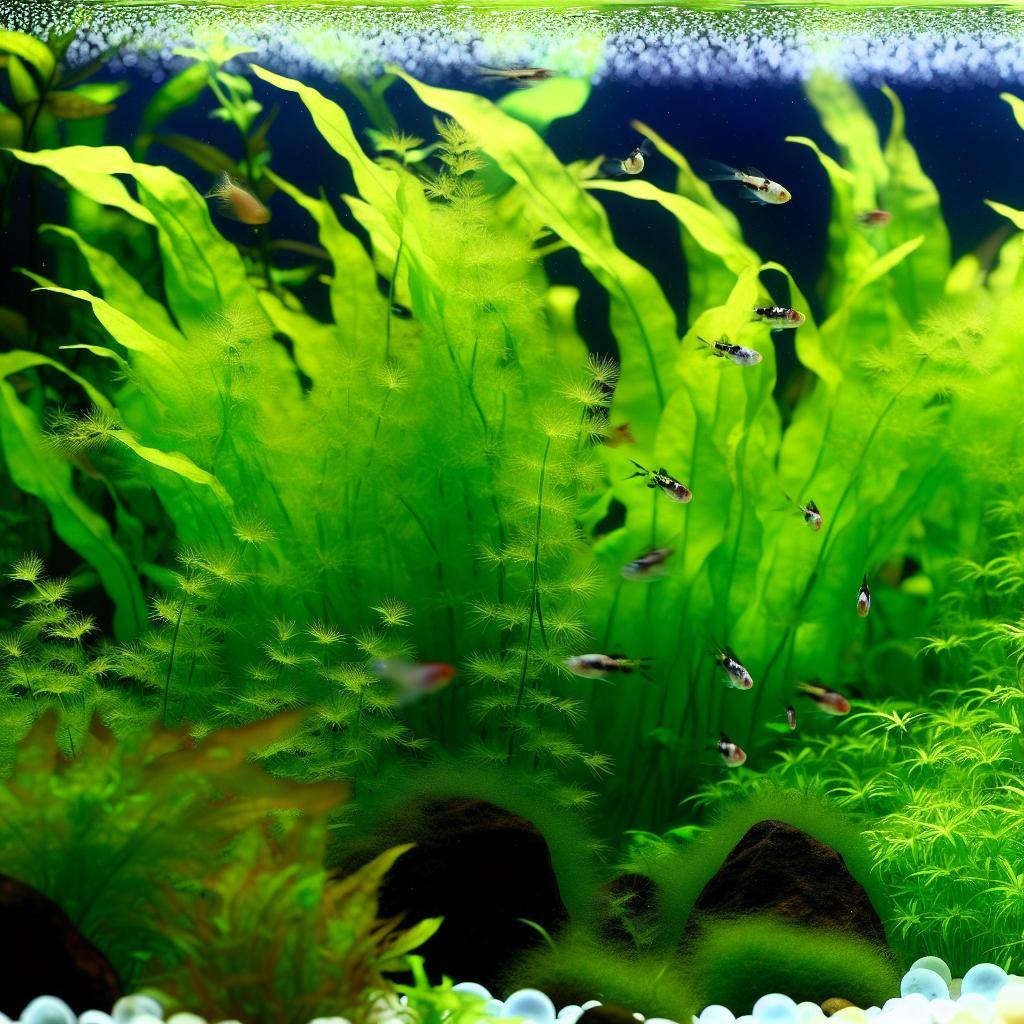Altiplano Design Insights
Exploring the beauty and creativity of design in everyday life.
Aquarium Chronicles: Tales of a Tank Triumph
Dive into the world of Aquarium Chronicles, where tank triumphs and fishy tales await! Discover tips, stories, and secrets for aquatic success.
Setting Up Your First Aquarium: A Step-by-Step Guide
Setting up your first aquarium can be an exciting yet daunting task. Start by choosing the right aqua size that fits your space and desired fish species. A larger tank is often more stable and forgiving for beginners. Once you have selected your aquarium, consider the shape and dimensions that will work best for your home and your aquatic life. After acquiring your tank, you will need a sturdy stand, a reliable water heater, and a quality filtration system to create a healthy environment for your fish.
Now, let’s move on to the essential steps for setting up your new aquarium.
- Rinse the Tank: Before adding water, rinse the tank with warm water to clear any dust or residue.
- Add Substrate: Choose a suitable substrate for your fish and plants, ensuring even distribution across the bottom.
- Install Equipment: Set up your heater, filter, and any additional equipment such as an air pump.
- Add Water and Dechlorinate: Fill the tank with water, treating it with a dechlorinator to ensure it’s safe for fish.
- Cycle the Tank: Allow the aquarium to cycle for several weeks to establish beneficial bacteria.

The Best Fish for Your Aquarium: Species Selection Made Easy
When selecting the best fish for your aquarium, it's essential to consider factors such as tank size, water conditions, and compatibility with other species. Some popular choices for beginners include Betta Fish, Neon Tetras, and GloFish. These species are not only resilient but also come in vibrant colors that can enhance the visual appeal of your tank. Moreover, understanding the specific needs of these fish, such as temperature and pH levels, will help ensure a thriving aquatic environment.
Once you've considered the basic requirements, you can explore other exciting fish options to diversify your aquarium. For instance, corydoras catfish or Cory Cats provide a fun bottom-dwelling presence, while guppies and Mollies bring active swimming behavior to the mid-water level. It's also crucial to research and ensure that all chosen species can coexist peacefully, as territorial behavior can lead to stress and decreased health in your aquarium. By carefully selecting the right fish, you'll create a harmonious and beautiful underwater ecosystem.
Common Aquarium Problems and How to Solve Them
Maintaining a healthy aquarium can be challenging, and several common issues can arise even for experienced aquarists. One of the most prevalent problems is algae blooms. These can occur due to excess nutrients in the water, typically from overfeeding or inadequate filtration. Regular water changes, controlling light exposure, and introducing algae-eating fish or invertebrates can help manage this issue. For detailed guidance on preventing and controlling algae, consider visiting trusted sources.
Another frequent challenge is the presence of fish diseases, which can quickly spread throughout an aquarium. Symptoms can include lethargy, unusual swimming patterns, or visible spots on the fish. To tackle this issue, it is crucial to isolate sick specimens and consult a vet or reliable resources for treatment options. Regularly testing and maintaining water quality is key to preventing disease outbreaks. You can find valuable information on common fish diseases and their treatments in reputable aquarist guides.